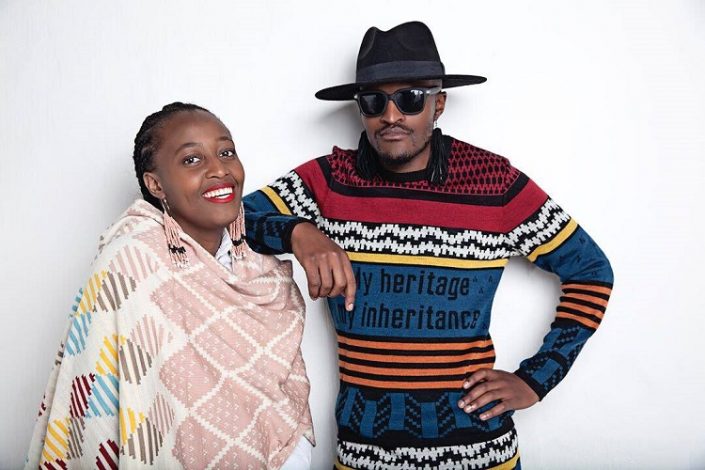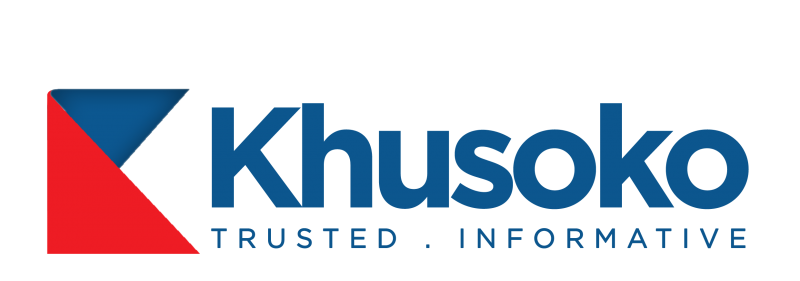African fashion has always captivated the world with its vibrant colours and bold patterns.
Today, it’s not just about aesthetics; it’s a powerful storytelling platform, bridging cultures and breaking boundaries.
As Ntsika Tyatya, Public Relations Manager of Maxhosa By Laduma, puts it, “African fashion stands poised to thrive, offering not just style, but also a story and a commitment to a better future.”
Celebrating Xhosa Heritage and Beyond
Maxhosa embodies this spirit perfectly. Founded by Laduma Ngxokolo in 2012, the South African knitwear brand celebrates Xhosa culture and heritage through its intricate designs.
From traditional motifs to contemporary cuts, Maxhosa has evolved into a leading African luxury brand, inspiring both aspiration and inclusivity.

For Africa’s fashion industry to competitively be at par with other players globally, Ntsika says, “Quality is what it is and aspiration, as well as creativity.”
What is the biggest challenge facing the African fashion industry?
While African fashion is witnessing a boom, challenges remain. Tyatya highlights the need to support smaller designers who “breathed underwater” during the recession.
Visibility and access to resources are crucial for their success. However, the industry is adapting. Consumers are becoming more conscious, seeking value and ethical practices.
What is defining the fashion industry in Africa currently? This is because global brands have been making inroads and opening stores. Is there something that is attracting them?
It has a multiverse of DNA to offer, and all that DNA adds has a unique appeal.
View this post on Instagram
What are some of the top five trends shaping the industry?
African fashion is constantly evolving, embracing new trends and technologies. Here are some standouts:
Cultural Inspiration: Designers are increasingly drawing from their heritage, creating unique prints and motifs.
Fabric Technology: Innovation in fabrics is playing a key role in adding functionality and performance to garment design.
Multifunctional Clothing: Clothes are transitioning from simply being stylish to serving specific purposes.
What can make African brands compete effectively with global brands?
To compete effectively with global brands, African brands need to focus on quality, creativity, and their unique heritage. As Tyatya says, “Quality is what it is and aspiration, as well as creativity.”
It seems everything is changing in the fashion industry—especially the consumer.
The fashion landscape is shifting, with consumers demanding more than just trendy pieces. They want to know the story behind the brand, understand the cultural influences, and appreciate ethical sourcing and sustainable practices.
Maxhosa, for example, takes consumers on a journey through Xhosa culture through its fashion, fostering deeper connections and engagement.
View this post on Instagram
Looking Ahead: Balancing Sustainability and Success
As the industry tackles the challenge of sustainability, Tyatya emphasizes the need for genuine care and conscious practices.
“Looking at resources, human resources, and the global impact they make” is crucial, she says.
Merging consciousness with a conscience is the key to a future where African fashion shines not just for its beauty but also for its ethical and sustainable approach.
This conversation with Ntsika Tyatya sheds light on the dynamic and exciting world of African fashion. From celebrating cultural heritage to embracing innovation, African brands are paving their path, making waves on the global stage.
As consumers become more aware and conscious, African fashion stands poised to thrive, offering not just style, but also a story and a commitment to a better future.
Paxwear Lifestyle: Kenyan Swimwear Brand Inspired By The Rising Sun




